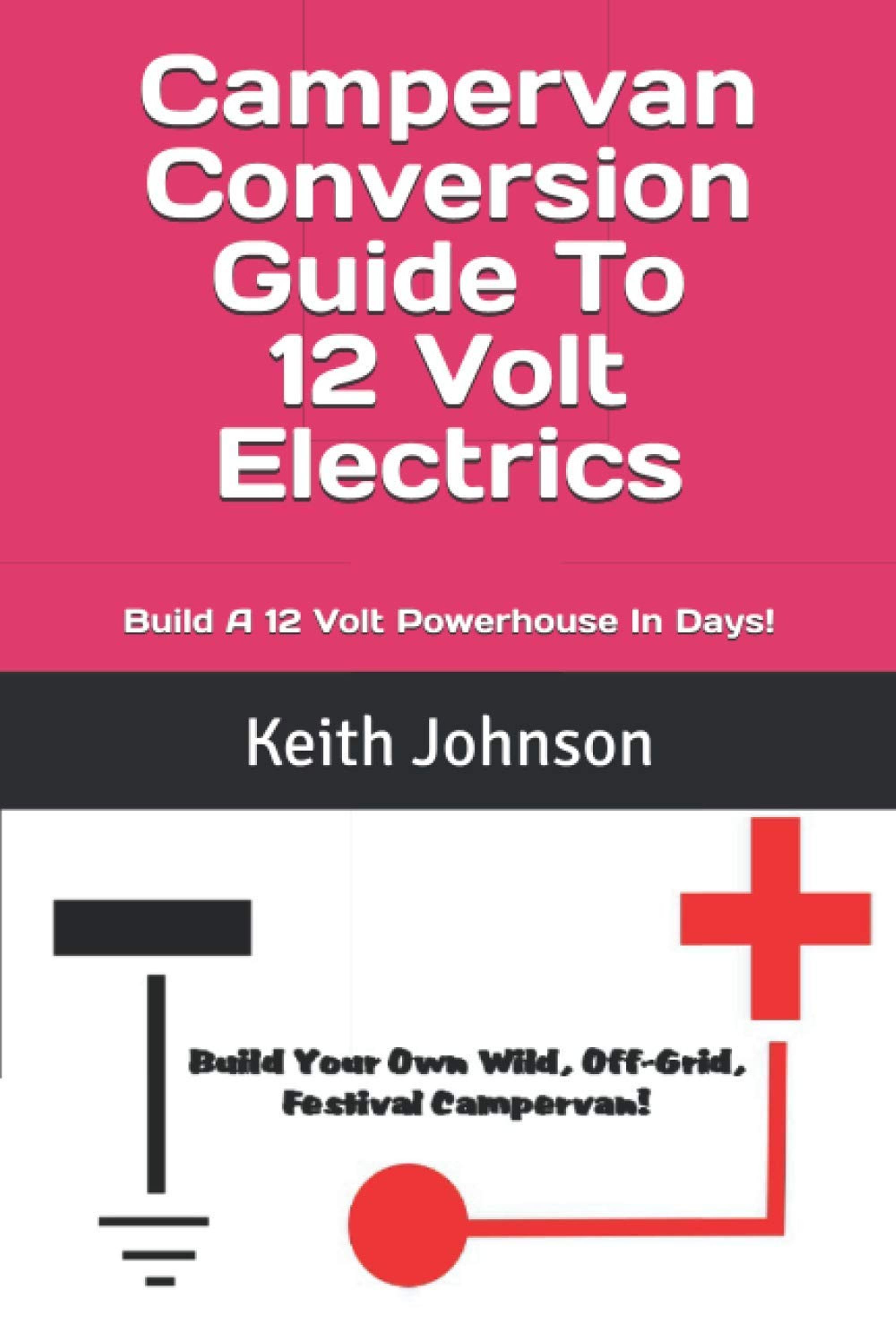!
Split Charge Systems - VSR Relays and DC Battery-to-Battery Chargers.
Our guide to split charge relays, DC battery charger systems, fitting a split relay charge set-up, what size leisure battery you require and which system will suit your battery charging requirements best.
For the latest vans with Smart Alternators and Regenerative Braking Systems where conventional relays will not work efficiently see DC Battery Chargers.
VISIT BITS4CAMPERVANS.CO.UK FOR QUALITY CAMPERVAN PARTS, SPARES AND ACCESSORIES!
